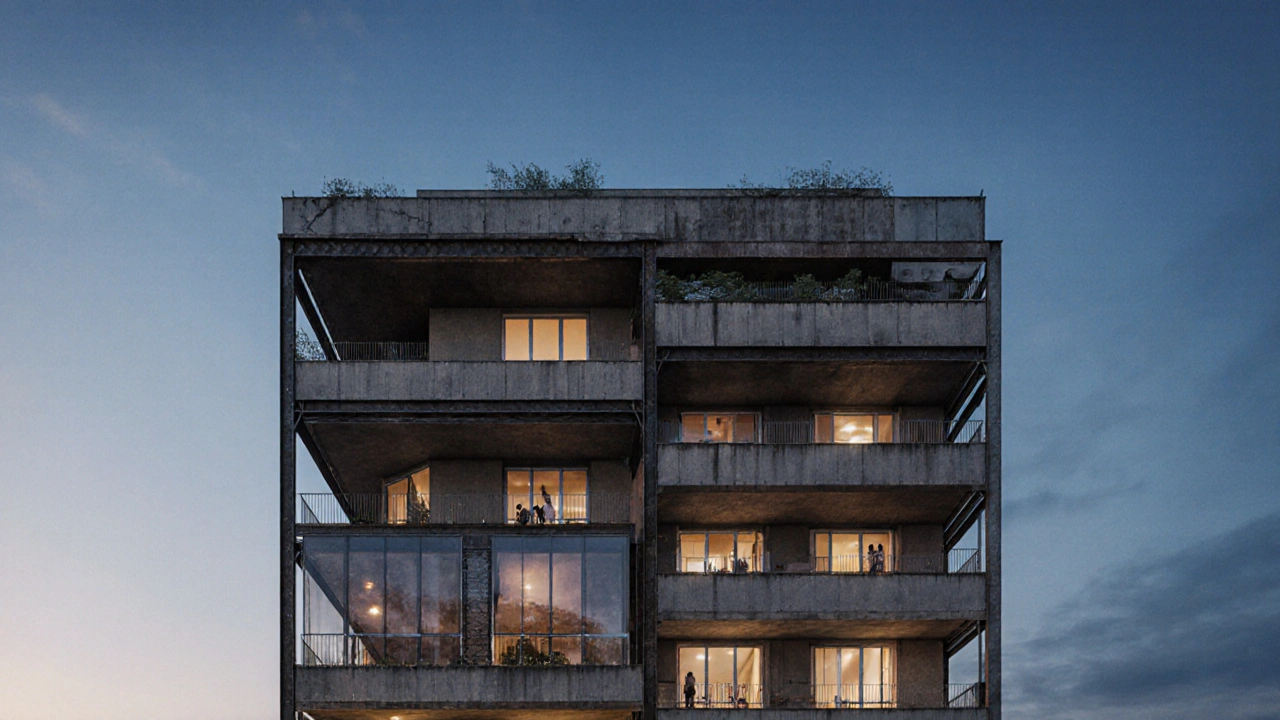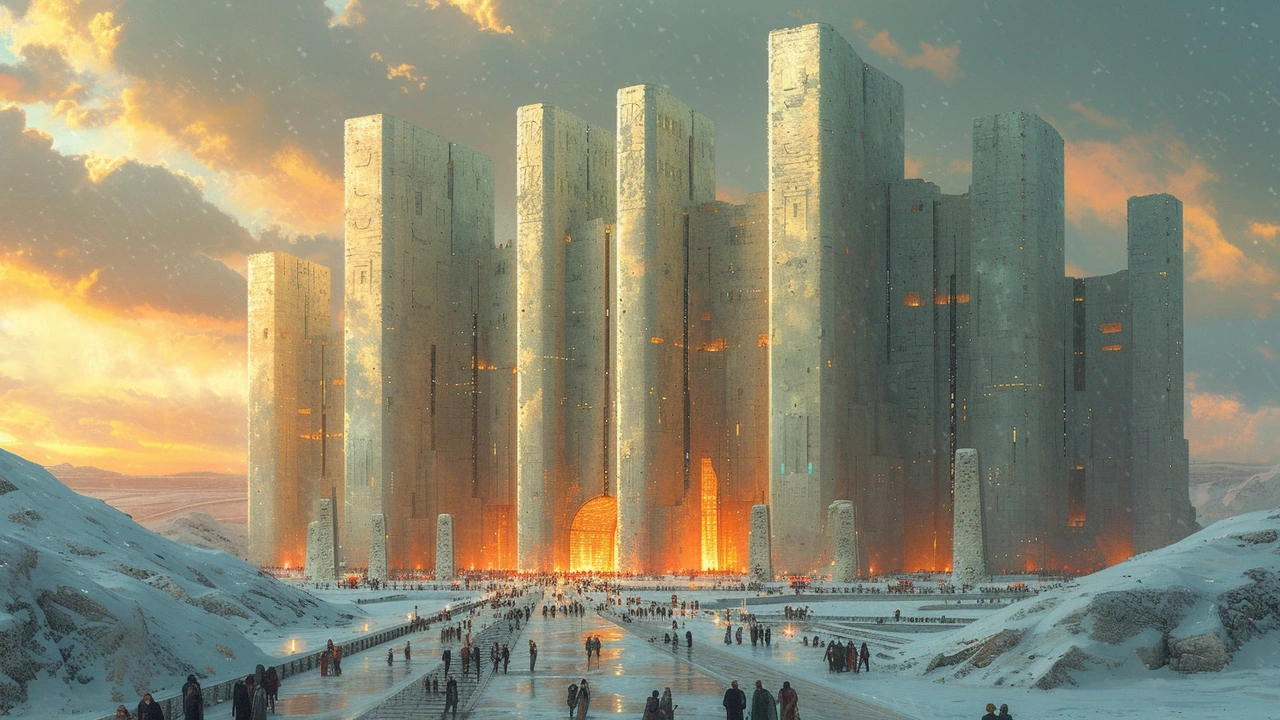Constructivist architecture: what it looked like and why it mattered
Constructivist architecture grew from an urgent idea: buildings should serve society, not just look pretty. Born in the Soviet Union after 1917, it used steel, concrete, and glass to make clear, functional forms. Architects treated structure as the message — exposed frames, bold geometry, and factory-like details told people what a building did before they even entered.
Key features & how to spot them
Want to spot a constructivist building on a walk? Look for raw materials and simple shapes. Flat roofs, ribbon windows, cantilevers, and exposed stair towers are common. You’ll often see strong horizontal or vertical lines, repeated modules, and minimal ornament. Interiors aimed at shared living or work: large communal spaces, short corridors, and efficient kitchens or workshops. If a building looks like it was made with an industrial toolset — that’s a clue.
Function drives the form. That means balconies used as social spaces, glass bands for light, and steel frames left visible instead of covered. Designers also favored new tech like reinforced concrete and prefabrication. These choices let them build fast and keep costs down for housing, schools, and factories.
Notable examples and short history
Tatlin’s Tower is the famous idea: an ambitious spiral of iron and glass that was never built but became a symbol of the movement. Built works give a clearer picture: the Narkomfin Building in Moscow (Moisei Ginzburg) shows communal living ideas with modern kitchens and shared facilities. Konstantin Melnikov’s Rusakov Workers’ Club uses dramatic cantilevers and strong shapes to signal public use. Vladimir Shukhov’s hyperboloid towers prove the movement could be engineering-focused and beautiful at the same time.
Constructivism peaked in the 1920s and early 1930s, then political shifts pushed Soviet architecture toward more classical, decorative ideas. Still, the movement left a lot behind: practical housing plans, new construction methods, and a clear argument that design should solve social problems.
Why this matters today: modern minimalism, industrial lofts, and some social-housing ideas trace back to constructivist thinking. When you see exposed concrete, open plans, and furniture designed for utility, you’re seeing that lineage. For architects and city planners, constructivism remains a reference for low-cost, high-function design that says something about the people it serves.
Want to learn more? Look for restoration projects of Narkomfin or tours of Melnikov’s houses. Pay attention to how original features were preserved or altered — that tells you as much about the movement’s goals as the buildings themselves.

How Constructivist Architecture is Changing Our Perception of Space
Explore how Constructivist Architecture reshapes our experience of space, its historic roots, core principles, modern applications, and practical design tips.
Read more
Exploring Constructivist Architecture in Contemporary Design Trends
This article delves into the resurgence and adaptation of Constructivist architecture within modern design landscapes. It explores the historical roots of this style, its defining characteristics, and how contemporary architects are integrating Constructivist principles into innovative projects. The discussion extends to practical ways this architectural technique is influencing current design trends, with specific examples illustrating its impact and relevance.
Read more
Constructivist Architecture: Transforming the Way We Build
Diving deep into the fascinating world of Constructivist Architecture, this article sheds light on how it revolutionizes the way we build. As we unleash the story behind these modern buildings, our perceptions of architecture itself get deconstructed and reconstructed again. Almost as if we are living within a transformational blueprint, we experience a true architectural revolution. It's a journey that redefines the lines between unique design and practical functionality. This trip into Constructivist architecture is more than a discovery; it's an unfolding of the innovative construction tale.
Read more
Constructivist Architecture: A Revolution in Design
Hey there! In this post, we'll dive into the fascinating world of Constructivist Architecture - a revolution that's entirely reshaped our perceptions of design. We’ll explore its history, influence, and some unique examples of this breathtaking architectural style. From its roots in Russia to its widespread impact worldwide, we will venture through this artistic journey together. This is ideal for anyone with a keen interest in innovative architectural designs and transformations.
Read more